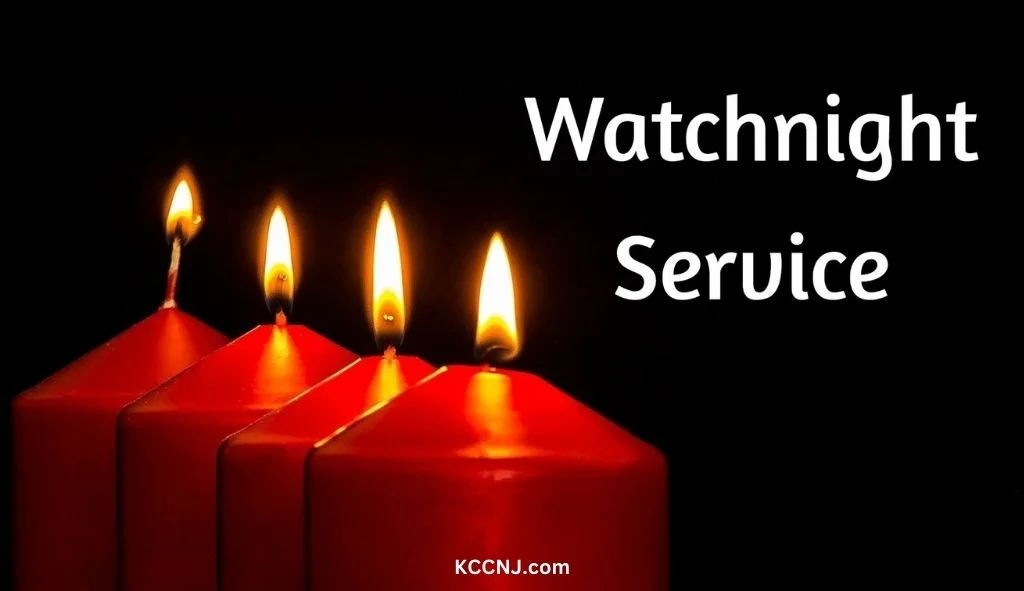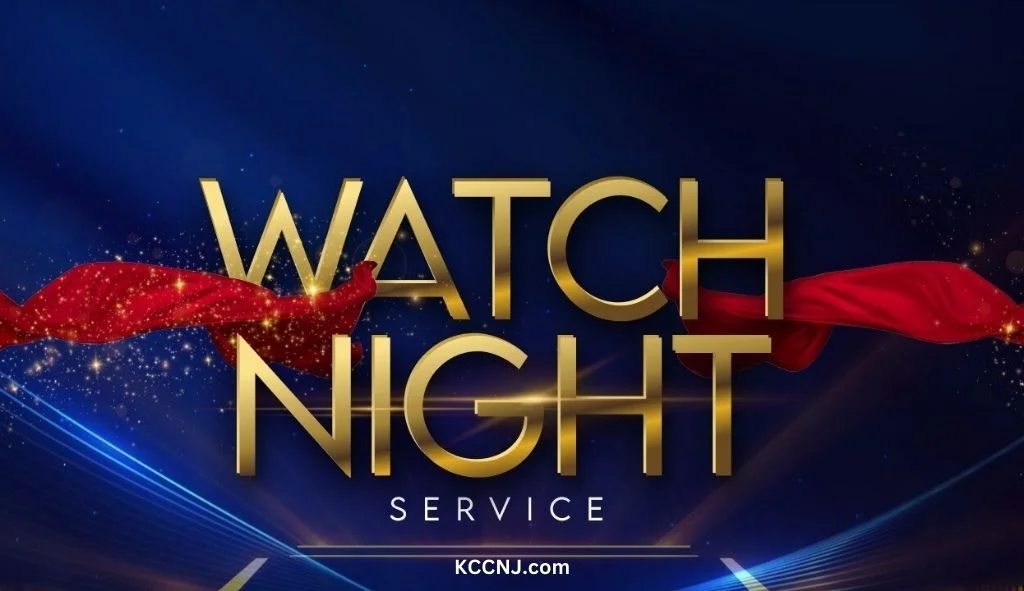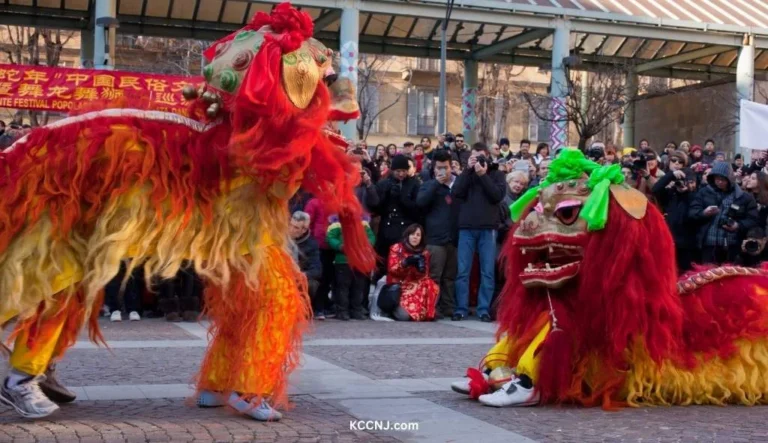Watchnight Service: Meaning, History & Ideas for 2025
A Watchnight service is a late-night Christian church gathering held on New Year’s Eve. It allows Christians to review the past year, make confessions, and prepare for the upcoming year through prayer and resolution-making.
The Meaning and Significance of Watchnight Services
Watchnight services hold deep spiritual and historical significance for many Christian denominations. These late-night gatherings on New Year’s Eve provide an opportunity for believers to reflect on the past year, seek forgiveness, and prepare their hearts and minds for the year ahead.
Spiritual Reflection and Renewal
At its core, a Watchnight service is a time for spiritual introspection and renewal. Participants often engage in:
- Prayer and meditation
- Confession of sins
- Singing hymns and worship songs
- Reading scripture
- Listening to sermons or exhortations
This focused time allows Christians to examine their spiritual lives, recommit themselves to their faith, and set godly intentions for the future.
Transitioning from Old to New
The timing of Watchnight services – spanning the transition from one year to the next – carries symbolic meaning. As the clock strikes midnight, congregants often join in prayer, welcoming the new year with praise and thanksgiving to God. This act represents leaving behind the old and embracing the new with faith and hope.
Community and Fellowship
Watchnight services foster a sense of community among believers. Gathering together on the cusp of a new year strengthens bonds between church members and provides mutual encouragement and support.
The Rich History of Watchnight Services
The tradition of Watchnight services has deep roots in Christian history, with different denominations and cultures adding their own unique elements over time.
Early Christian Origins
The practice of holding vigils before important feast days dates back to the early Christian church. These all-night prayer gatherings were inspired by Jesus’ example of praying through the night before making significant decisions.
Moravian Influence
The Moravian Church played a key role in popularizing Watchnight services in their modern form. In 1733, Moravians in what is now the Czech Republic began holding New Year’s Eve lovefeasts followed by evening watchnight services. These gatherings typically lasted three hours.
John Wesley and Methodism
John Wesley, the founder of Methodism, attended a Moravian Watchnight service on New Year’s Eve in 1738. Deeply moved by the experience, he wrote, “As we were continuing instant in prayer, the power of God came mightily upon us, insomuch that many cried for exceeding joy, and many fell to the ground.”
Wesley went on to adopt and promote Watchnight services within the Methodist movement, sometimes calling them Covenant Renewal Services. These gatherings provided a godly alternative to the often raucous New Year’s Eve celebrations of the time.
African American Tradition: Freedom’s Eve
For African Americans, Watchnight services hold special historical significance tied to the Emancipation Proclamation. On December 31, 1862, free and enslaved Black people gathered in churches and homes, anxiously awaiting news of their freedom. When the Emancipation Proclamation took effect at midnight on January 1, 1863, these gatherings turned into joyful celebrations of newfound liberty.
This event, known as “Freedom’s Eve,” became the foundation for a strong Watchnight tradition in Black churches. Today, many African American congregations continue to commemorate this history in their New Year’s Eve services, blending themes of freedom, hope, and spiritual renewal.
Common Elements of Watchnight Services
While practices may vary between denominations and individual churches, many Watchnight services share common elements:
Prayer and Reflection
Extended periods of prayer are central to most Watchnight gatherings. This may include:
- Silent personal prayer
- Corporate prayer led by church leaders
- Prayer for the community and nation
- Intercessory prayer for specific needs
Scripture Reading
Relevant Bible passages are often read, focusing on themes such as:
- God’s faithfulness
- New beginnings
- Spiritual growth and renewal
Worship and Music
Hymns, gospel songs, and contemporary worship music play a significant role in creating an atmosphere of reverence and celebration.
Sermons or Exhortations
Church leaders typically deliver messages centered on:
- Reflecting on the past year
- Preparing hearts for the new year
- Encouragement to grow in faith
Communion or Lovefeast
Some traditions include the celebration of Holy Communion or a Moravian-style lovefeast as part of the service.
Covenant Renewal
Participants may be led to renew their covenant with God for the coming year, particularly in Methodist and Wesleyan traditions.
Countdown to Midnight
As midnight approaches, many services incorporate a countdown, followed by prayer, praise, or the ringing of church bells to welcome the new year.
Watchnight Service Traditions Across Denominations
Different Christian denominations have developed their own unique approaches to Watchnight services over the years.
Methodist and Wesleyan Traditions
Methodist Watchnight services often follow a structure similar to that established by John Wesley:
- Hymn singing and prayer
- A sermon or exhortation
- Time for personal reflection and confession
- Covenant renewal prayers
- Holy Communion
The United Methodist Book of Worship provides a specific liturgy for Watchnight/Covenant Renewal services.
Lutheran Traditions
Lutheran churches may hold Watchnight Masses, focusing on:
- Praising God for the blessings of the past year
- Seeking guidance for the year ahead
- Celebrating Holy Communion
Catholic Traditions
Watchnight Masses in Catholic parishes often include:
- Prayers to Mary
- Reflection on the past year
- Adoration of the Blessed Sacrament
African American Church Traditions
Watchnight services in many Black churches incorporate elements that commemorate the historical significance of Freedom’s Eve:
- Recounting the history of the Emancipation Proclamation
- Prayers for continued progress toward equality and justice
- Gospel music and spirituals
Moravian Traditions
Moravian Watchnight services typically include:
- A lovefeast (a simple meal shared in fellowship)
- Singing of hymns
- Reading of scripture
- Prayers for the new year
Planning and Conducting a Watchnight Service

For church leaders and worship planners, organizing a meaningful Watchnight service requires thoughtful preparation and attention to detail.
Setting the Tone
Consider the atmosphere you want to create for your congregation:
- Reflective and contemplative
- Joyful and celebratory
- A balance of both elements
Choosing Themes and Scriptures
Select a central theme and supporting Bible passages that will resonate with your congregation. Some possibilities include:
- New beginnings (2 Corinthians 5:17)
- God’s faithfulness (Lamentations 3:22-23)
- Pressing on toward the goal (Philippians 3:13-14)
Planning the Order of Service
Craft a well-paced service that engages participants throughout the evening. A sample order might include:
- Opening prayer and welcome
- Worship through song
- Scripture reading
- Time for personal reflection and prayer
- Sermon or exhortation
- Communion or lovefeast
- Covenant renewal or commitment time
- Countdown to midnight
- New Year’s prayer and benediction
Incorporating Special Elements
Consider adding unique touches to make the service memorable:
- Candle lighting ceremonies
- Testimonies from congregation members
- Creative arts presentations (dance, drama, etc.)
- A “prayer wall” where people can post prayer requests for the new year
Practical Considerations
Don’t forget the logistical aspects of hosting a late-night event:
- Provide refreshments to help people stay alert
- Ensure adequate lighting and heating/cooling
- Consider childcare options for families with young children
- Plan for safe transportation home, especially if weather is a concern
The Relevance of Watchnight Services Today
In an age of constant distractions and competing New Year’s Eve activities, some may question the continued relevance of Watchnight services. However, these gatherings offer unique spiritual and communal benefits that remain valuable for many Christians.
A Counter-Cultural Practice
Watchnight services provide an alternative to secular New Year’s celebrations that often focus on excessive drinking and partying. They offer a space for meaningful reflection and spiritual renewal at the turn of the year.
Building Community
In an increasingly isolated society, Watchnight services foster connection and shared experience among believers. They strengthen church bonds and provide mutual support as people enter a new year.
Honoring History and Tradition
For many congregations, particularly in the African American community, Watchnight services are a way to honor the faith and perseverance of previous generations. They connect modern believers to their spiritual heritage.
Focused Spiritual Renewal
The intentional setting aside of time for prayer, reflection, and recommitment can be a powerful catalyst for spiritual growth. Watchnight services provide a structured opportunity for believers to realign their priorities and seek God’s guidance for the year ahead.
Marking Time in a Sacred Context
In a world that often seems to move at a frantic pace, Watchnight services offer a chance to pause and mark the passage of time in a meaningful, sacred context. They remind participants of God’s sovereignty over all seasons of life.
Adapting Watchnight Services for Modern Contexts
While preserving the core elements of Watchnight traditions, many churches are finding ways to make these services more accessible and engaging for contemporary congregations.
Flexible Timing
Recognizing that a midnight service may not be feasible for all, some churches offer earlier Watchnight services, perhaps ending at 9 or 10 PM. Others may hold a service on New Year’s Day instead.
Incorporating Technology
Live streaming or recording Watchnight services allows homebound members or those traveling to participate remotely. Social media can be used to share prayer requests or testimonies during the service.
Interactive Elements
To increase engagement, especially for younger participants, consider adding interactive elements such as:
- Prayer stations with guided activities
- Collaborative art projects
- Small group discussion times
Ecumenical and Community Partnerships
Some communities organize joint Watchnight services, bringing together multiple churches or even interfaith groups to pray for their shared community.
Family-Friendly Options
To accommodate families with children, some churches offer:
- Parallel children’s programs during part of the service
- Earlier “family Watchnight” services
- Take-home resources for families to use in creating their own Watchnight traditions
KCCNJ final words
Watchnight services, with their rich history and deep spiritual significance, continue to offer valuable opportunities for Christian communities to gather, reflect, and renew their faith at the turn of each year. Whether following traditional formats or adapting to modern contexts, these services provide a sacred space for believers to pause, pray, and prepare their hearts for the challenges and opportunities of the year ahead.
As we’ve explored the meaning, history, and practices associated with Watchnight services, it’s clear that this tradition remains relevant and potentially transformative for many Christians today. By thoughtfully preserving and adapting these gatherings, churches can offer their members a meaningful alternative to secular New Year’s celebrations and a powerful catalyst for spiritual growth and community building.
Whether you’ve been attending Watchnight services for a long time or are considering attending one for the first time, may you find in this tradition a source of reflection, renewal, and hope as you enter the new year.







